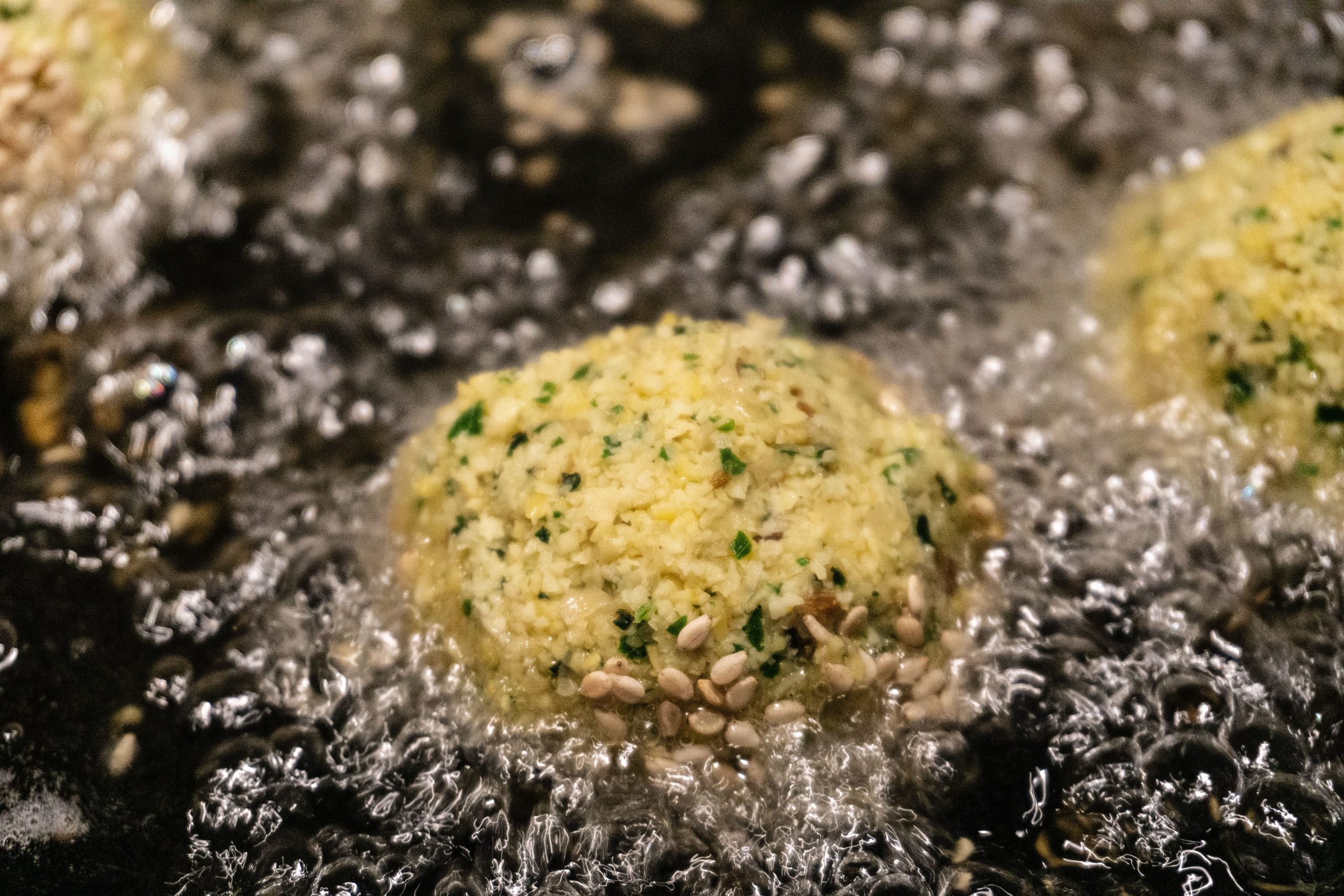We are spoiled for choice when it comes to Indian cuisine. Every day, we prepare a variety of recipes. And oil is the one ingredient that we use in all of the recipes. Cooking oil is essential, whether you use it to enhance the flavour of your gravies, pan-fry anything, or deep fry those crispy nibbles. Have you noticed the microscopic particles left behind every time you cook these recipes? These particles are usually leftover batter or the skin of an ingredient that you may have fried. While most of us are unconcerned about these particles, we frequently use the same oil in different dishes.
Also read: Geek RoboCook’s new brand campaign talks about reducing kitchen time and spend more time with friends/family
Cooking oil that has been contaminated can harm us in a various ways. It can cause trans-fat to form in oils, raise blood pressure, release large amounts of pollutants, and even cause the oil to become rancid. While we may not be able to replace our cooking oil on a daily basis, we can surely make it cleaner and safer to consume. So, how do you go about doing that? We’ve compiled a list of methods and suggestions to help you clean your cooking oil.
Strain: Allow the oil to cool completely before filtering it using cheesecloth, a fine-mesh sieve, a paper coffee filter, or even paper towels. The goal is to get all of the fried particles out of the oil. These food particles might cause the oil to burn if it is reused, so get rid of them as quickly as possible.
Cook the oil and cornstarch mixture over low heat, being careful
not to let it boil: Stir continually with a heatproof spatula for about 10
minutes or until the corn-starch mixture has solidified, then drain.
Add in some lemons: Bring the oil to a high
temperature. The lemons should then be cut into small pieces and placed in the
oil. The residual black particles will cling to the lemon. You can strain them
for greater usage if you pull them out.
Keep it away from the light: Cooking isn’t the only
process that causes oil to break down. It can also be divided into thirds
according to how it is stored. Store oil away from damp, light, and heat to
keep it in ideal cooking condition. Light and heat will deteriorate the oil as
it remains in storage, increasing the possibility that you won’t be able to
reuse it.
Keep it away from the heat: Keep the oil away from
the stove, where it will be subjected to secondary heat from other dishes.
Instead, put it in the refrigerator and use it once it has solidified.
So, try out these simple strategies and let us know which one worked best for you.







